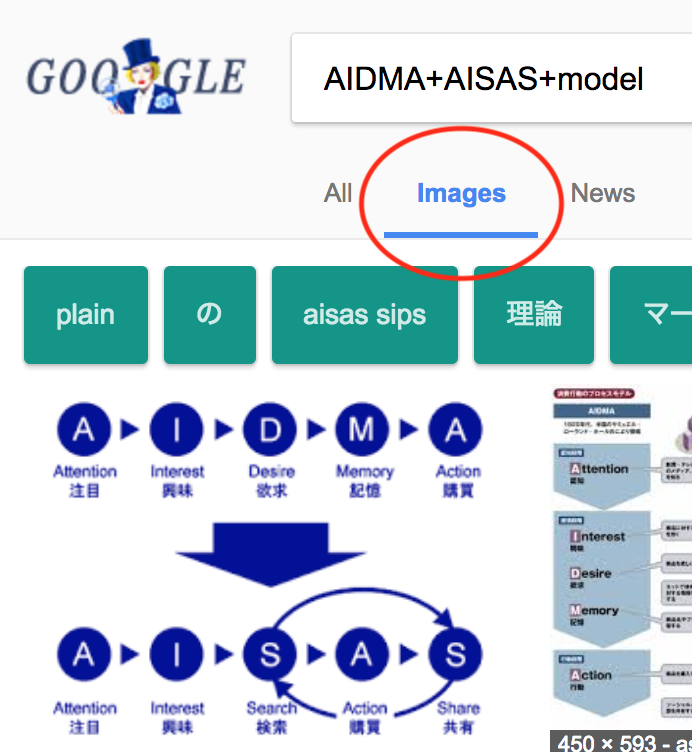Citations and Document Structure
| Author: | Stephen J. Turnbull |
|---|---|
| Organization: | Faculty of Engineering, Information, and Systems at the University of Tsukuba |
| Contact: | Stephen J. Turnbull <turnbull@sk.tsukuba.ac.jp> |
| Date: | December 26, 2017 |
| Copyright: | 2017, Stephen J. Turnbull |
| topic: | document |
Basics of citation
The basic principle of citation is that every fact or proposition that is not original in your research and is not fundamental analytical concepts that all practitioners of your field use must be attributed to a source. Ideally, in a journal article it should be possible for the reader to accurately determine the original source of every sentence in your paper. Which might be you: every uncited statement implies a claim that it is your original idea.
The main reason for citation is reproducibility: the reader should be able to confirm every statement in your paper. Obviously personal anecdotes must be excepted, but everything else is subject to confirmation. Mathematical calculations and proofs can be checked, facts can be looked up, original source wording can be compared to yours for accurate representation of fact and opinion, and so on, for cited information. Everything else should be described in your research report in enough detail that other researchers can do exactly the same research. (Perhaps with different data, but modern opinion is moving toward supplying the database used to compute statistics. The idea is both the concrete statistical results reported in the paper can be reproduced exactly, and the data generation process can be repeated to produce a new data set to analyze in the same way.)
The second reason is to give credit for the academic and social contribution of researchers. Academics are generally not paid well compared to earnings in commerce. A degree of fame (at least among colleagues in the field) is an important motivator. There are also frequently issues of intellectual property that must be acknowledged by law. Be especially careful with terms that are marked with "TM" (trademark) or "R" (registered trademark or trade name). These need a separate citation of the form "<mark> is the property of <owner>, and designates its product", usually as a footnote.
In the case of "a thesis submitted to satisfy requirements of a degree", the thesis is part of an examination process. Here the emphasis is on the opposite case: the examiners need to be able to determine accurately what is your contribution. They also need to evaluate your knowledge of your field.
Some examples:
Material contained in "any good textbook" need not be cited (unless you are writing a textbook, in which case you cite original sources, not other textbooks!)
This is one place where a degree thesis differs from a journal article. Due to space limitations, journal articles should never contain such explanatory material: the reader is presumed to either know it or know how to find it easily. Whether such material should be presented in a thesis is ambiguous, but generally it is not necessary and should not be included because of the burden on advisors and examiners who read the paper. Warning: Many examiners will also draw an adverse conclusion: you haven't done much research, so you are padding your page count with trivial material.
Research papers and monographs in fields where research is actively being conducted must be cited when you refer to their results.
Statistics and data that you did not gather and construct yourself must be cited, no matter how you refer to them (quoting numbers, describing the variables contained, etc.)
Displays (graphs and tables) of data constructed by others that appear in some form in those papers should be cited as "Source: <paper>".
Displays of data constructed by you that do not resemble displays in the source document should be cited as "Data source: <paper>".
In this case you should make a fair effort to determine if similar displays have been used elsewhere in your field. Citation indexes (lists of papers which cite the source of the data) and search engines are useful tools here. In particular, Google allows you to search for images which are tagged with your search terms.

- Governments are generally pretty good about preserving citable materials, and for journals it's their raison d'être, it's what they do. Businesses are not. Especially for material not published in paper form, white papers and other original sources are often lost in the frequent "facelift" revisions of websites. In these cases you will often find references to original sources that cannot be found. In those cases, an indirect citation of the form "The XXX model was introduced by SomeCo in 2004 (A. U. Thor, 2015)" may be the best you can do. Expect to be interrogated by the examiners in that case though, so you should try pretty hard to find the original source (from 2004, in the example).